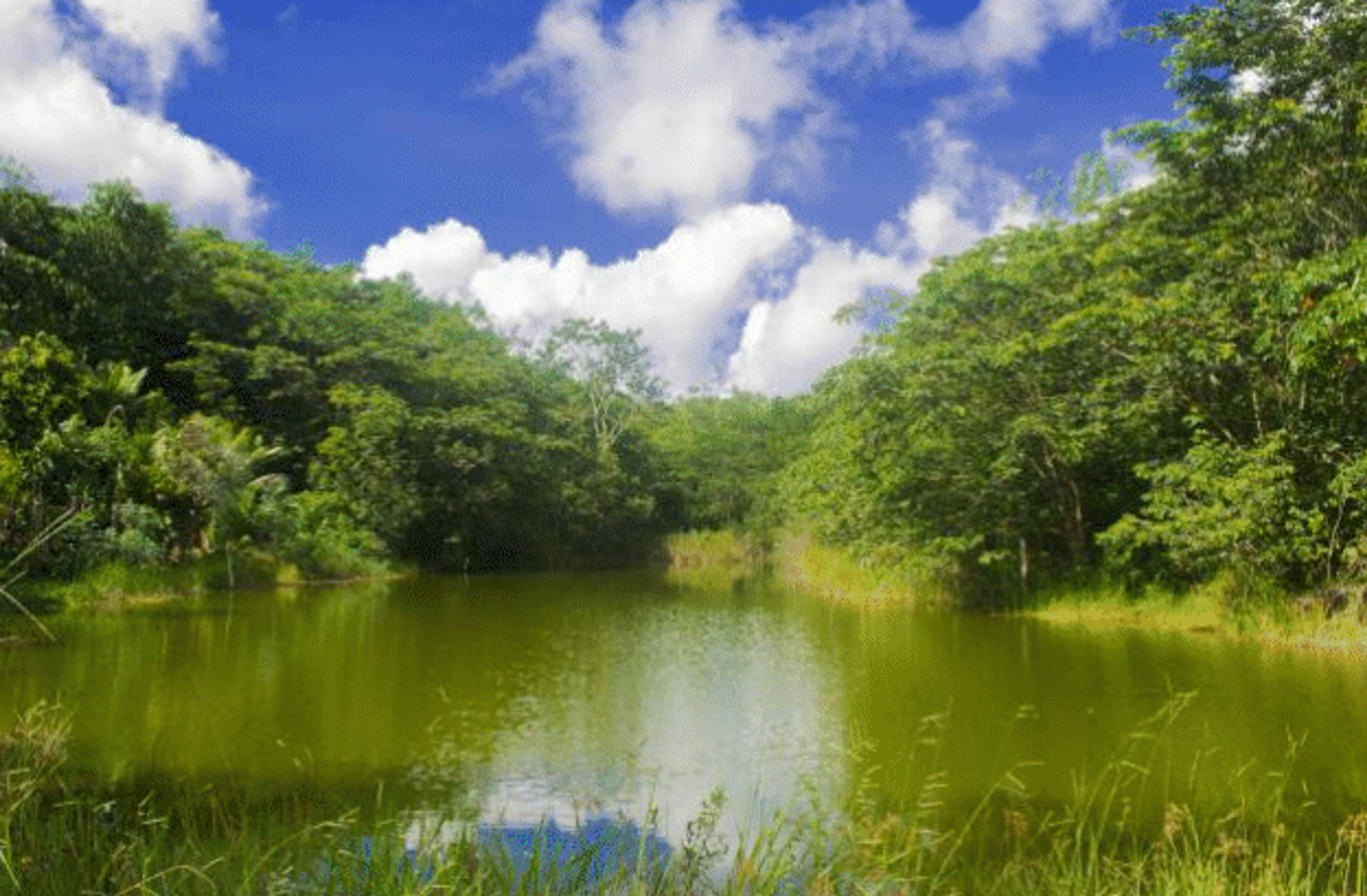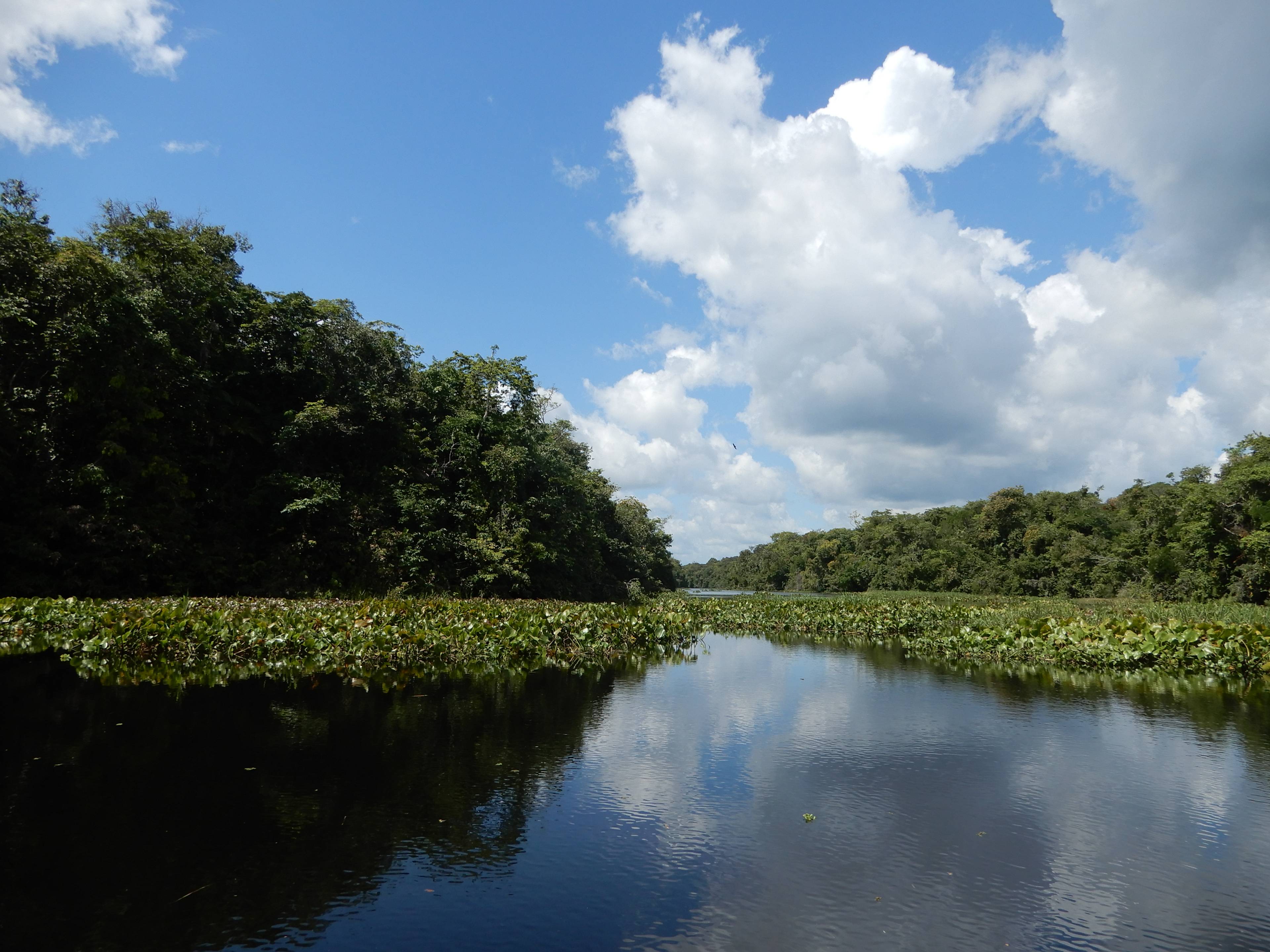Demonstrating climate-conscious forest management in Tennessee
Chestnut Mountain
United States
2,248 ha
Developer: The Nature Conservancy
The Chestnut Mountain Improved Forest Management project is located in central Tennessee atop a plateau overlooking industrial forestland and agricultural fields. The land was donated to The Nature Conservancy by Bridgestone Americas, Inc in June 2018. The surrounding region’s hardwood forests have been heavily cut for decades, and there is a recent trend of converting those woodlands to loblolly pine plantations for industrial use. The Nature Conservancy plans to use Chestnut Mountain as a showcase of climate-conscious forest management with harvests far more conservative than the regional common practice that focus on forest health, shortleaf pine restoration, carbon sequestration, and wildlife habitat.
Connect with our team to learn more about this project and how Pachama can support your nature strategy.
The surrounding region’s hardwood forests have been heavily cut for decades, the project protects a key ecosystem
1 / 3
1/4
Quality check
Quality insights
Recreation access, cultural sites, and important water sources
A vital platform to promote forest health and climate-smart forestry
There is a diversity of topographic features such as waterfalls, bluffs, and scenic overlooks along the southern and western boundaries of the property that illustrate the scale of the landscape thanks to decades of conservation land acquisition. The project supports rare forest types by repopulating species that were once dominant such as the shortleaf pine and hemlock. Hemlocks live 500-800 years, and are known in the region as the Redwoods of the East; hemlocks are native to Chestnut Mountain. Additionally, over 25 wildlife cameras provide a glimpse into the rich ecosystem of coyotes, bobcats, deer, turkeys, and endangered rattlesnakes.

Second Verification Report
pdf
Project Description
pdf
First Verification Report
pdf






